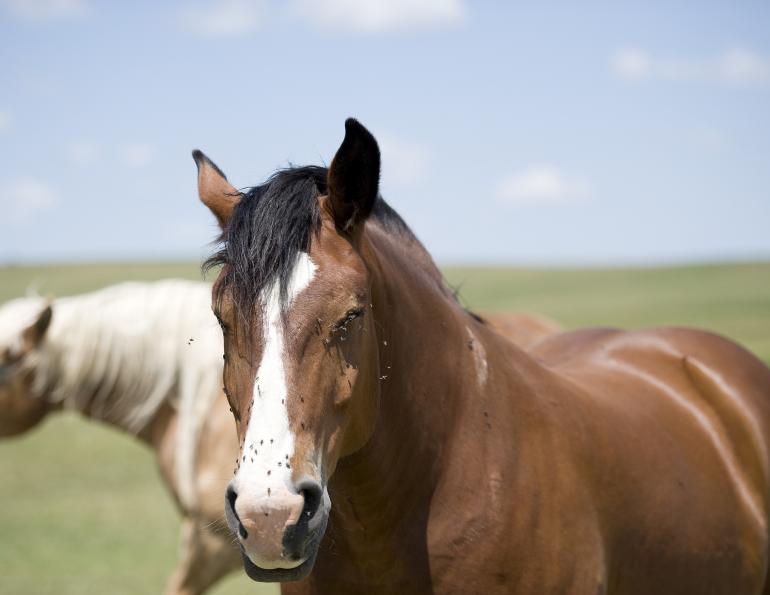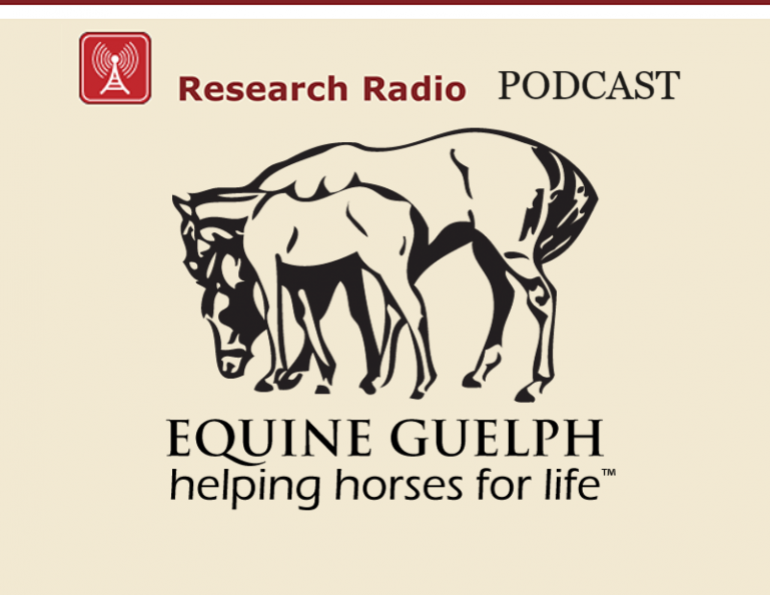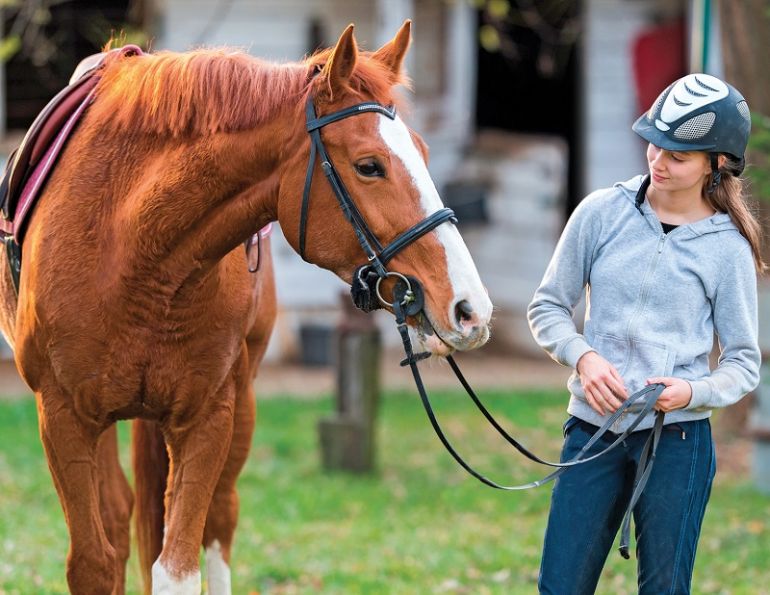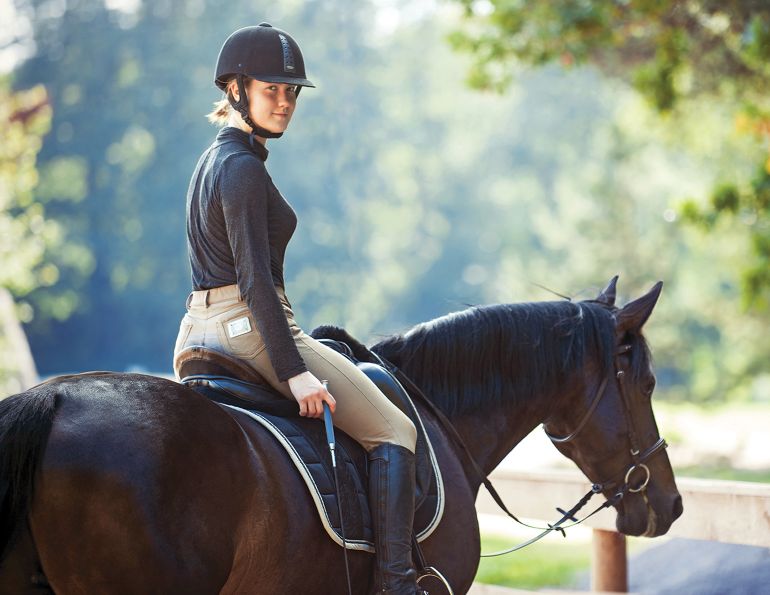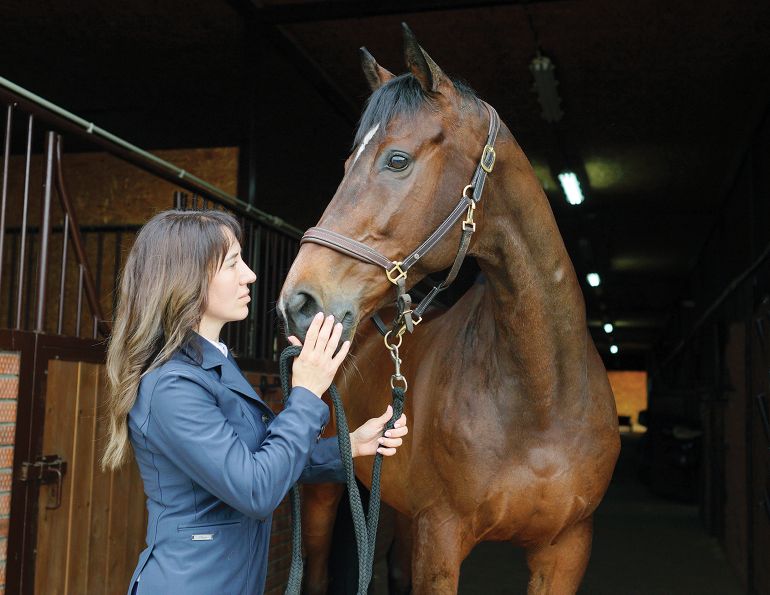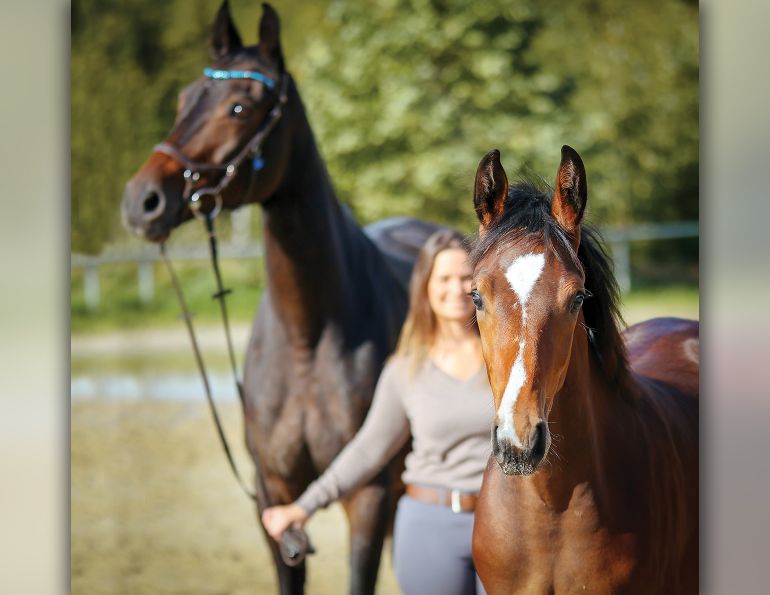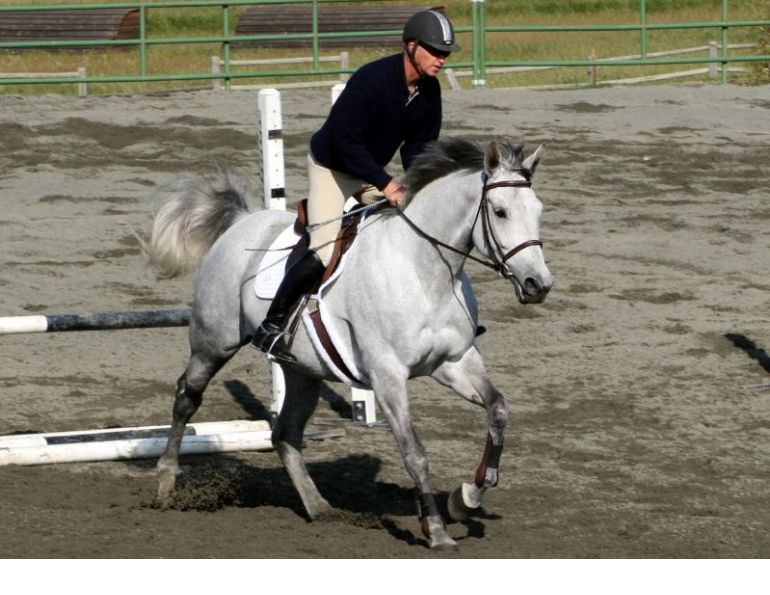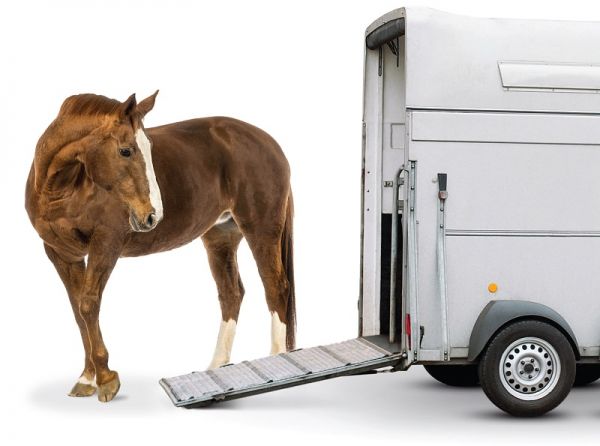By April Clay, M.Ed., Registered Psychologist
At the beginning of any new year a natural phenomenon occurs. People reflect on the year gone by. Many are not at all pleased with their progress. Naturally wanting to correct this, these people feverishly write down their goals and prepare to get things moving. It’s a very exciting and high energy time, and we could label it the “January effect.”
Unfortunately, the January effect is inevitably followed by the February effect. This period is characterized by a low mood, and lack of energy and desire. Those afflicted can sometimes be heard muttering disparaging comments to themselves while sitting on their couches.
Chances are this description has applied to you, at least at some point in your life, but you don’t have to settle for this picture. All you need is a little tweaking in the goal setting department. This year you are going to do something different. You’re going to learn how to put the power of intention to work for you.
Perhaps the most important component of goal setting success is intention. Deciding on a goal is determining your destination, but intention is about focusing your mind on your path. It is your intention that ultimately creates the energy that moves you forward.
You could have a goal of winning a championship, but if you don’t set your intention on the route you’ll take to do that, you’ll never get there. This is what happens to many riders. They’re great at writing down their goals and desires, and they feel excited about working towards them, but when the excitement wears off they go right back to their old way of doing things.
Harnessing the power of your intention, on the other hand, can assist you in staying connected to your goals. Intention is about thoughtful behaviour, purpose, and — most importantly — action. Intention is the desire in action, and is meant to follow the act of goal setting. Goals are wonderful for sparking excitement. It’s kind of like deciding on your dream vacation. You can hardly wait to get there, but what happens in the meantime? Because goals are future-oriented by their very nature, it makes them easy to give up on or to forget. You might have been initially jazzed about that great vacation, but months later you find you don’t have the funds or time to support it. Directing your intention helps give voice to your goals in the present.
Write it down
The most popular method of stating an intention is to write it down. The act of writing helps to build commitment as well as sharpen focus. This is because you have to think before you write: you have to be clear. But many people don’t like the work involved with writing. They find it too difficult to keep a sport journal, and it gets lost in a drawer somewhere, along with their goals.
Part of the problem with sport journals is keeping them at home. Writing needs to be connected to your training environment, it needs that quality of immediacy. So keep your journal in your tack trunk, in a place where you are sure to be reminded that it needs your attention.
Preview your success in the theatre of your mind. If your goal is to become a more winning rider, visualize yourself during the awards presentation as the winner of an important class. Photo: Pam MacKenzie
An alternative to a sport journal, and certainly less time consuming, are “notes to yourself.” Use sticky notes to display cue words that apply to your intention. Post these in places where they will have the most impact. One rider I worked with had her first collection in her car. On her dashboard she had two notes. One read “Clean mind,” which reminded her of her intention to put the day’s other concerns away. The second said “Gravity,” which cued her to let her body sink into the seat and be supported. Her commute to the barn was her chance to regenerate in preparation for enjoying her ride. Inside her tack trunk she had only one: “Simple focus.” This note reminded her to be clear and choose her intention for the day’s ride wisely. It has been three months and this rider hasn’t changed her notes yet; they still have an enormous impact on her mind. For others, it is important to keep things fresh and change the notes weekly. It all depends on what feels right to you.
Seeing the Preview
Sometimes, it’s hard to find the motivation to keep going if what you’re after is unknown. Even if you do know what you want, it might be unfamiliar in that it’s a place you’ve never been before. Maybe you have never won a championship, but want to; or you want to ride with the best, but right now that’s a far reach.
This is where your imagination can help you tremendously. It has the power to make the unfamiliar familiar. It can assist you in filling in the gap between where you’re at now and your destination.
So if your goal is to become a more winning rider, try seeing this in your inner theatre. Keep in mind it will be difficult at first. You might encounter some resistance from certain voices in your head that insist it can’t be done. Try telling those voices that it’s of no concern to you now, you’re just experimenting. You may not know where to start, and you might fumble a bit before you find your spot. For one rider, a starting point may be watching a presentation ceremony with himself as the star athlete. For another, it may be visualizing herself nailing a very difficult and important class. If you persist with this practice, it will get easier and easier to accept the possibility of you completing your goal. And feeling that sense of possibility is all you need — it’s like opening a door that was previously locked. You now have access, and that freedom can be very inspiring.
So what does visualizing your outcome have to do with intention? It allows you to bring the feeling of accomplishing your goal into the present. And if you can connect with these emotions in the present, they can fuel your intentions.
Use a Ritual
Rituals are a wonderful and fun way to express your intentions. One such ritual is the systematic stating of your intention before you train. At the beginning of each training ride, think about one of your goals.
Develop a ritual of identifying and stating your intentions before every ride. Think about the steps needed to achieve your goal, focus your mind and energy on what you need to do, then repeat this as your last direction to yourself at the start of your ride. Photo: Pam MacKenzie
Next, think about the processes needed to achieve that goal. Identify one of those processes, and state it to yourself in the form of an intention. So, if your goal is to move up a division this year, one of your daily intentions might be, “I intend to look for small ways to step outside my comfort zone today.”
Or, if you’re working toward greater mental toughness you might say, “I intend to blast though the mistakes I make today.” After mounting, make this the last direction you give yourself before you ask your horse to move forward.
It’s very important that you follow this ritual carefully every day. Make sure you have the time to choose your intentions, and make them crystal clear. Remember, you can’t take aim without pointing. Position yourself in line with your goals. When you do this, you are deliberately focusing your attention. The act of stating your intention to yourself signals to your mind that you are narrowing in on a focus, and more importantly, are about to put your energy into that focus.
By following this ritual, not only will you be giving yourself a daily connection to your goals, you will be purposefully focusing your mind and energy on the action needed to succeed.
To read more articles by April Clay on this site, click here.
Main photo: Jess Hallas-Kilcoyne - Intention is desire in action. Goals determine your destination, but intention focuses your mind on the path.



